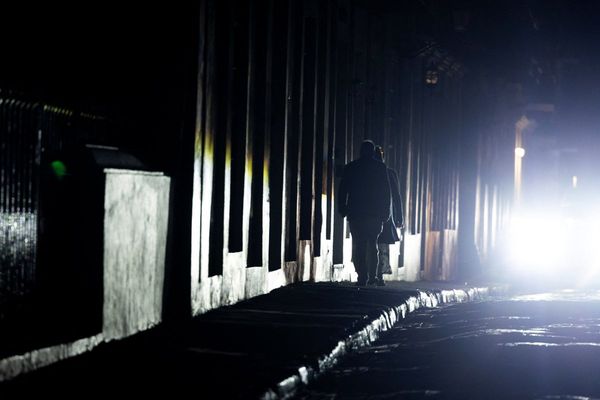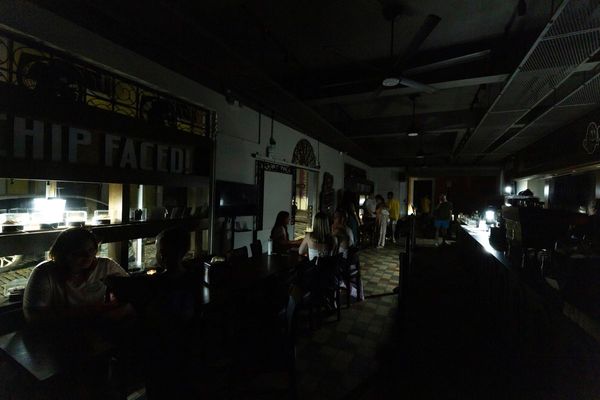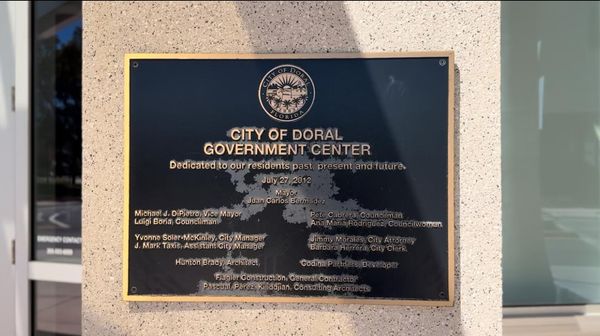
APPLICATIONS to explore for rare earths at former rutile and zircon processing sites at Hawks Nest and Tomago were one-offs with no intention to resume the broadscale sandmining that ran along the NSW coast in previous decades, the director of proponent Rare Earth Recovery said yesterday.
As reported on Friday, the company led by Newcastle-based former WA businessman Robert Bishop, is targeting waste dumps containing two previously "uncommercial" rare earths that were discarded during processing for the rutile and zircon that were the mainstays of the original sandmining operations.
Mr Bishop said the placement of public notices was part of a process to secure exploration licences for the sites, and the company would reach out to site owners and other stakeholders as a matter of course.
He said the two main targeted minerals, monazite and xenotime, were among an array of materials that had been buried in the ground at both sites.
On initial estimates the Hawks Nest or "Pipers Creek" site could hold as much as 500,000 tonnes of material, which could in turn contain about 15,000 tonnes of the target rare earths, implying a purity rate of about 3 per cent.
Mr Bishop said monazite was selling for about $US10,000 a tonne.
Market quotes for xenotime show it is more valuable at up to $US38,000 a tonne.
Mr Bishop said that despite the name "rare earths", the individual minerals themselves were relatively common in the earth's crust, but were not often in concentrations that made them economic to recover.
The likely concentrated presence of monazite and xenotime, as well as less-exotic but still valuable materials including garnet - which also had commercial value as an abrasive - made processing waste a valuable commodity.
Mr Bishop said, however, that Rare Earth Recovery had no intention of looking at large-scale sandmining, and he personally doubted that would happen again on the East Coast.
He said the two focal points of mineral sand mining in Australia were in Western Australia and in the Murray Basin near the juncture of the NSW, Victorian and South Australian borders, where various companies are exploring or mining for minerals left behind by the since-evaporated inland sea.
If the Hunter projects go ahead, the plan was to send the material to the Northern Territory to a processing plant also in the planning stages.
WHAT DO YOU THINK? We've made it a whole lot easier for you to have your say. Our new comment platform requires only one log-in to access articles and to join the discussion on the Newcastle Herald website. Find out how to register so you can enjoy civil, friendly and engaging discussions. Sign up for a subscription here.







